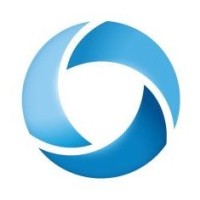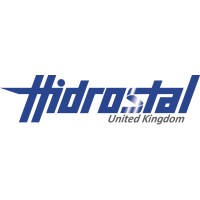
Rotary Systems, Inc.
For over two decades, Rotary Systems has established itself globally as the industry leader in the design and manufacture of standard and custom rotating unions and electrical slip rings. Rotary Systems is the only manufacturer to offer diverse rotary union technologies such as mechanical seals, Teflon seals, hydrostatic seals and integrated or stand alone electrical slip rings. Engineers around the world, in numerous industries, including Automation, Defense, Offshore, Semi-Conductor, and Food and Beverage processing have counted on our 35 years of combined engineering expertise to turn their visions into reality. Rising to the task, time and again, Rotary Systems has custom built over 700 unique rotating unions and slip ring assemblies to date. From our skilled engineers and workers to our state-of-the-art facility to our incredible depth of knowledge, you can trust Rotary Systems to always deliver rotating unions and slip ring solutions deigned and built to the highest standards possible. Yours.






